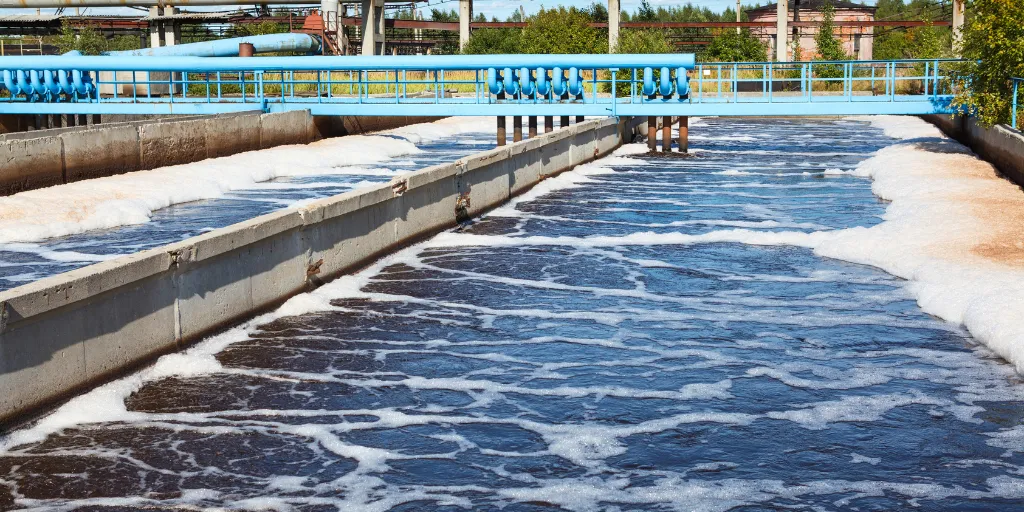In the heart of Shymkent, Kazakhstan, a groundbreaking study led by Aisulu Abduova from the Department of Ecology at M. Auezov South Kazakhstan University is set to revolutionize the way we think about wastewater treatment. Published in *Engineering Reports* (translated from Russian as “Engineering Reports”), the research introduces a hybrid electrochemical system that could redefine the energy sector’s approach to water purification.
The study presents a novel single-stage system that combines anodic oxidation with capacitive deionization (AO-CDI). This innovative approach tackles multiple contaminants simultaneously, offering a compact and scalable solution for complex wastewater streams. “Unlike traditional multi-unit systems, our hybrid system integrates a boron-doped diamond (BDD) anode for oxidation with a carbon aerogel-based CDI unit for ion removal,” explains Abduova. This integration not only simplifies the treatment process but also significantly enhances its efficiency.
The results are impressive. Under optimized conditions, the system achieved a 98% reduction in chemical oxygen demand (COD), a 95% removal rate for lead, and a 91% removal rate for chromium. Additionally, it reduced total dissolved solids (TDS) by 85% and achieved over 99.5% microbial disinfection for E. coli and total coliforms. Perhaps most notably, these outcomes were achieved with a total energy consumption of only 0.35 kWh/m³, outperforming many existing advanced oxidation processes.
The implications for the energy sector are profound. Traditional wastewater treatment methods often require multiple stages and substantial energy inputs, making them costly and environmentally taxing. The AO-CDI system, on the other hand, offers a more sustainable and decentralized treatment platform. “This system has the potential to address complex wastewater streams in an energy- and cost-efficient manner,” Abduova states. “It could be particularly beneficial for industries looking to reduce their environmental footprint and operational costs.”
The study’s findings suggest that the AO-CDI system could be a game-changer for industries that generate large volumes of wastewater, such as oil and gas, mining, and manufacturing. By providing a more efficient and effective treatment solution, this technology could help these industries meet regulatory standards while also reducing their overall energy consumption.
Moreover, the system’s scalability means it could be adapted for use in various settings, from large industrial facilities to smaller, decentralized treatment plants. This flexibility could open up new opportunities for innovation and investment in the water treatment sector.
As the world continues to grapple with water scarcity and pollution, the need for advanced and sustainable water treatment technologies has never been greater. The AO-CDI system developed by Abduova and her team offers a promising solution, one that could help industries and communities alike achieve cleaner water and a healthier environment.
In the words of Abduova, “This research is just the beginning. We are excited about the potential of this technology and look forward to seeing how it can be applied in real-world settings.” With its impressive results and potential for commercial impact, the AO-CDI system is poised to make a significant contribution to the future of water treatment.

